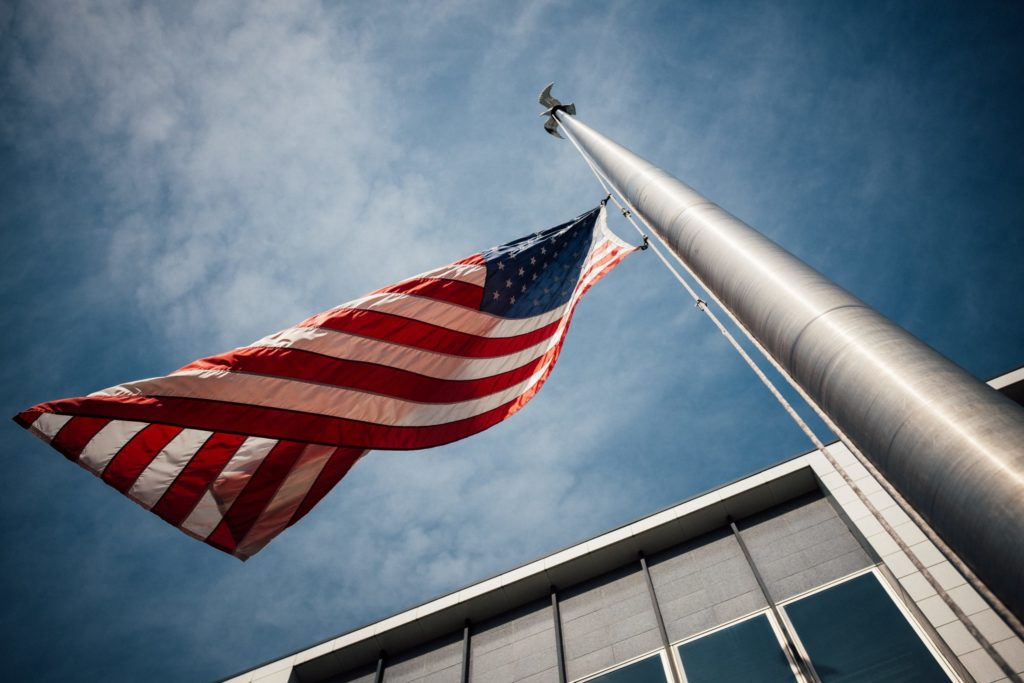Election day in the U.S. is just around the corner. We’ve seen all the usual pre-election activities: lots of campaign news coverage; an influx of calls, texts, and mail urging us to vote for particular candidates and measures; the signs up around the neighborhood declaring homeowners’ stances. But we’ve now entered an age where there’s much more happening behind election efforts than we can easily see. Voters can be affected by the largely invisible forces of persuasive technology and artificial intelligence as well. How can we expect these technologies to influence this 2020 election?
Facebook and Twitter
Facebook has been under fire several times over the past few years regarding its policies and actions surrounding elections. The social media platform’s associations with Cambridge Analytica in 2016 brought both companies negative attention when it was found that Facebook provided the data analytics firm with massive amounts of user data, which was then strategically used to aid the Trump campaign. Cambridge Analytica ended up closing its doors in mid-2018, but many of Facebook’s promises to improve such practices remained unclear or unfinished. In more recent months and years, both Facebook and Twitter have had to deal with the pressing issue of fact-checking. Should politicians’ posts and ads be fact-checked? Facebook CEO Mark Zuckerberg says no; Twitter CEO Jack Dorsey eventually said yes: misleading statements should be labeled but not removed. When Twitter began its labeling of misinformation in Trump’s tweets, the president responded with an angry litigation threat against the company.
Where does all of this bring us in the 2020 election? It’s likely that you’ve been seeing ads, which may have misleading or false information, targeted to you based on your specific social media user data. Your feed shows you a picture that algorithms think you want to see, regardless of how accurate it is, and the people you disagree with see different pictures than you do. False claims are posted and spread by misguided users—or accounts that aren’t even real people. So it’s wise to do your research outside of social media. After the votes are counted, it won’t be surprising if we see an uproar about social media’s role if certain parties are displeased with the election’s outcome.
The Growing Role of Machine Learning in Election Campaigns
We saw how some of those bot accounts, particularly coming from Russia, interfered with the 2016 presidential election. This is one way that AI and machine learning can affect democratic processes for the worse. Users think these accounts are American citizens sharing their opinions, when in fact they may be machines maliciously designed with the intention of creating division and swaying election outcomes. Here are some of the other ways machine learning contributes to campaign processes, both good and bad:
- Machine learning plays a big role in data gathering and voter profiling. This means that it can be used to empower or suppress your vote, depending on where the message is coming from.
- Traditional attempts at suppressing the votes of particular communities—through things like ID limitations, incorrect voter purging, and voter intimidation—now have the power of machine learning to boost the identification of such voters to target.
- Computer vision and machine learning can both create and identify deepfakes, fabricated videos that wrongly attribute statements or gestures to public figures.
- Gerrymandering, the redrawing of voting districts in order to disproportionately favor a particular party, has been an election strategy throughout America’s history. Now it’s becoming increasingly computational and can make use of machine learning—which enhances the power of a practice that’s unfair to begin with. But machine learning can also be used to identify gerrymandering and create fairer districts—if people will use it that way.
Humans are Still Crucial to an Election
The ability to suppress or confuse voters is unfortunately stronger than ever. Government legislation has lagged behind the capabilities of technology, as it tends to do. But whichever AI mechanisms have been employed to sway this election, in the end our human votes will make the final call. As Thomas Jefferson said, “We do not have government by the majority. We have government by the majority who participate.” Don’t let anyone, human or otherwise, keep you from participating.

